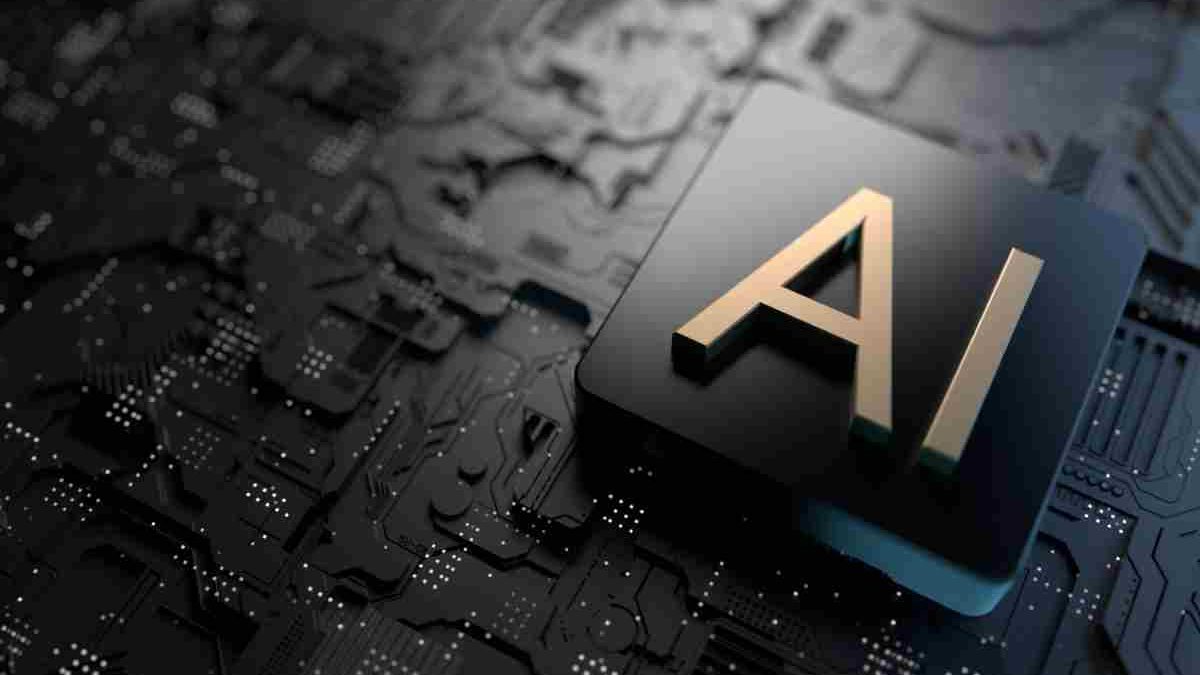How Generative AI Redefining Creative And Analytical Boundaries
Technological advancements are propelling us into uncharted territories, and generative artificial intelligence (AI) is emerging as an unparalleled force in reshaping creative and analytic landscapes.
From crafting pieces of art almost indistinguishable from human creations to delving deep into data to predict the trends of tomorrow, the potential of generative AI, like Fireworks.ai‘s models, to augment human capabilities is immense. This article explores the multifaceted impact of generative AI and offers insight into the industries it’s transforming.
Table of Contents
Understanding Generative AI
Before delving into its vast applications, let’s elucidate what generative AI truly is. Unlike traditional AI, which relies on supervised learning to map inputs to outputs, generative AI involves unsupervised learning to create new outputs that resemble the training data. At its core, generative AI doesn’t just recognize patterns; it creates new data based on those patterns, effectively imagining new things into existence.
Applications In Creative Industries
Generative AI has significantly impacted the creative domain, particularly art, music, and design. In art, artists and technologists are collaborating to showcase AI-generated pieces in galleries and exhibitions worldwide. By training algorithms on vast visual datasets, generative AI produces a wide range of images, challenging our understanding of creativity and authorship.
Similarly, music has experienced a wave of experimentation, with generative AI platforms enabling musicians to create complex soundscapes and compositions effortlessly.
AI is also revolutionizing the design industry, allowing architects and product designers to create efficient and aesthetically pleasing designs. AI is shaping a future where form seamlessly integrates with function by rapidly iterating through design options and considering overlooked parameters.
Enhancing Analytical Capabilities
Generative AI is not limited to art and creativity; it is equally at home in analysis and prediction. In data analysis, generative AI has the ability to synthesize new data based on patterns extracted from existing datasets.
This capability is invaluable for filling gaps in data and predicting potential future data points, making analysis more comprehensive and, in some cases, prophetic. Generative AI also forecasts trends in various industries by identifying complex patterns that elude traditional analytic tools. This technology enables businesses to make more informed, forward-looking decisions, from detecting shifts in consumer behavior to anticipating market fluctuations. Generative AI is showcasing its prowess in predicting the future in this modern era of technological advancement.
Challenges And Ethical Considerations
Generative AI holds immense potential, but it also raises concerns. Biases in training data can lead to biased AI outputs, emphasizing the need for curated data and algorithms that address and mitigate biases. Ethical considerations and accountability are crucial to ensure responsible use, especially in autonomous decision-making and preventing deceptive practices like deepfakes. By promoting diversity and inclusivity in datasets, we can harness AI’s transformative power to reflect our world and drive positive change.
Future Outlook
The trajectory of generative AI is one of expansion and refinement. As algorithms become more sophisticated and the hardware at their disposal more powerful, we can expect to see even more impressive applications emerge. The development of generative AI is ongoing.
Research in reinforcement learning and quantum computing promises to redefine AI’s possibilities. From enhancing image resolution to assisting with creative writing, generative AI opens doors to new digital expression. Its impact extends beyond creativity and analytics, reaching healthcare, education, and more. Generative AI optimizes existing processes and enables novel applications, potentially reshaping work, culture, and society.
Conclusion
Generative AI is a force to be reckoned with, with the potential to redefine what it means to create, analyze, and innovate. As it continues to evolve and be adopted across industries, the only constant will be change. The responsible development and use of this technology will be pivotal in ensuring a future where AI and humanity work hand-in-hand to shape a more efficient, equitable, and creative world. The dawn of this new era beckons, an invitation we cannot afford to ignore.

